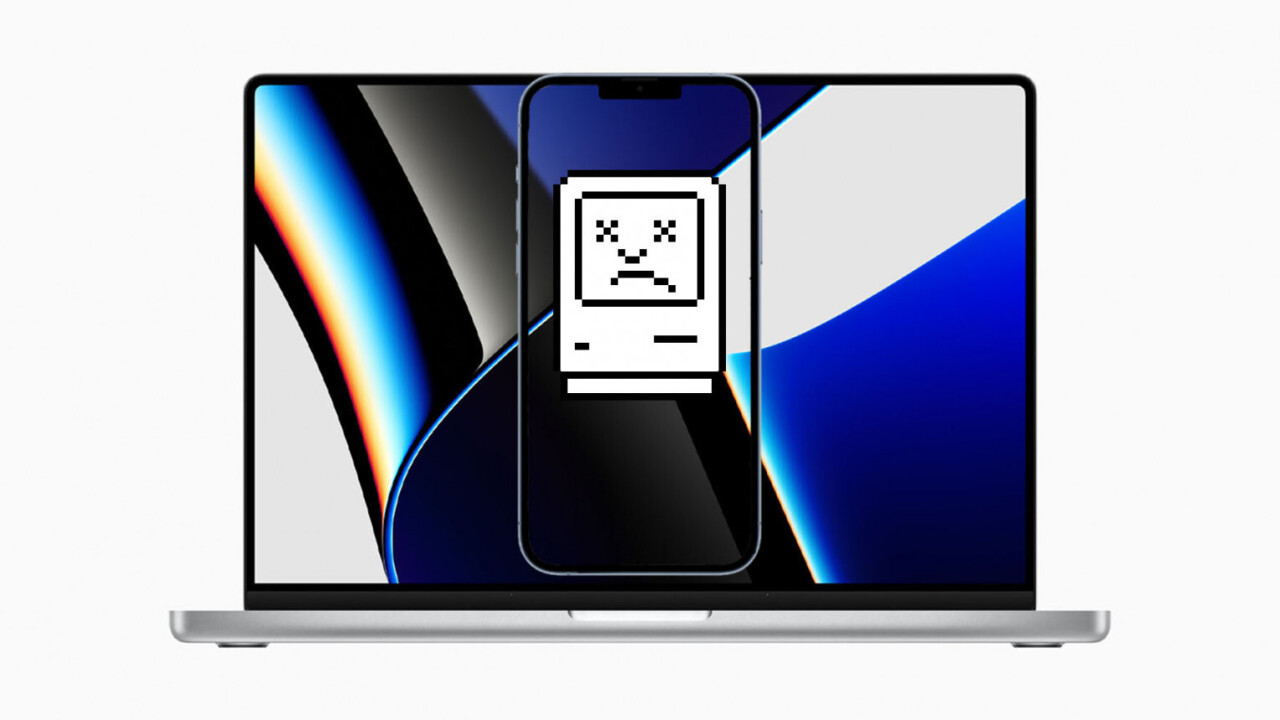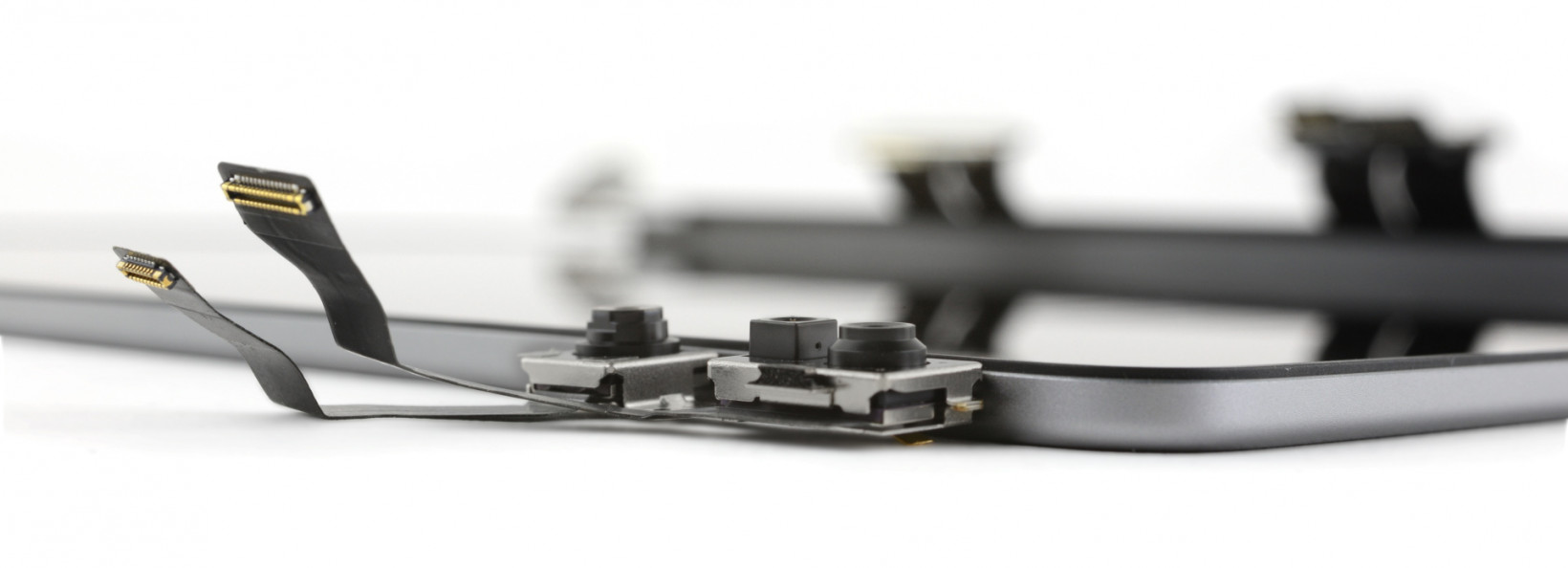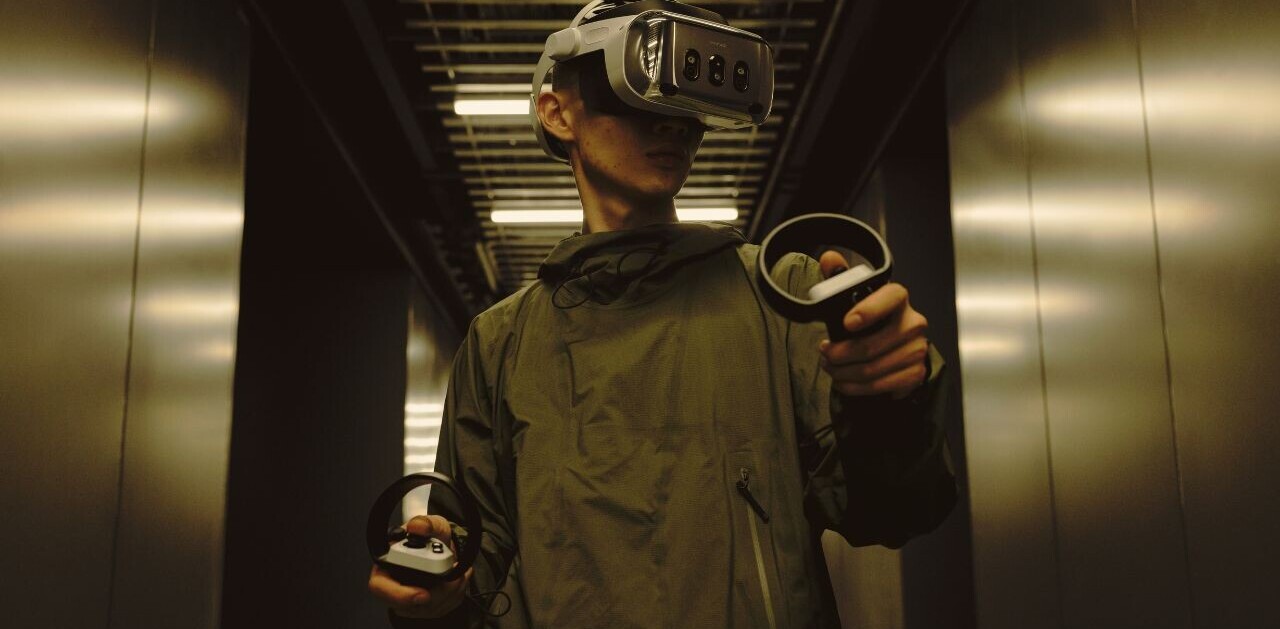
I told myself I wouldn’t write anything else about the new 14 and 16-inch MacBook Pro’s notch, but it’d help if Apple didn’t keep on giving me reasons to. Okay, this is the last time, for real.
When I first saw the notch, like many, I assumed it would have Face ID. The answer, as it turns out, was ‘no’ — the laptop uses boring old Touch ID instead. The unnecessarily large cutout is arguably at least in part a branding decision, especially with rumors circling around that the upcoming MacBook Air will have a notch too.
Nonetheless, I’d assumed a Face ID implementation was only a matter of time, given the sheer size of the notch, and the fact that Face ID is simply the more convenient technology. But if you ask Apple, at least, the reason they opted for Touch ID was altogether different.
Joanna Stern interviewed a couple of Apple execs for her MacBook Pro review and was basically told that Touch ID is more convenient on a laptop because… your hands are already on the keyboard.
Lol what? (Apple also suggested there’s no reason for a touchscreen MacBook, which is similarly silly).
As almost anyone who has used facial recognition on Windows — available on a myriad of Windows Hello equipped devices — will tell you, facial recognition is super convenient on a laptop. Heck, I’d argue it’s more useful on a laptop than on a phone.

I prefer a fingerprint sensor on my phone as it’s a one-step process; on an iPhone you still need to swipe up to access your device after unlocking it with FaceID, which never made much sense to me. Face ID also doesn’t work great when your phone is lying flat on a table.
These aren’t problems on a laptop, and on Windows Hello PC’s with facial recognition, the device is usually already unlocked by the time I even get myself settled in front of the laptop. Besides, the first thing I usually reach for when I’m at my PC isn’t the keyboard, but rather the mouse.
Even ignoring all of that, by Apple’s own logic, Face ID should be at least as convenient as Touch ID since your face is already in front of the display. I know it’s near Halloween and all, but I don’t think there are any headless folks buying the new MacBook Pro.
I realize this is a first-world problem, but these are all nitpicky conveniences we’re talking about here; for many people any kind of biometric authentication is overkill and a password is just fine. So let me help Apple out with some more realistic explanations.
The most obvious one: Face ID, in its current form, is just too big. You might think a laptop is much larger than a phone, but the display lid itself is rather thin, and you don’t have much depth to work with. At the very least, Apple wouldn’t be able to fit it by using the same module in the iPhone 13 Pro; iFixit showed those components are simply too bulky, so Apple would have to create a significantly smaller Face ID module to fit in the MacBook Pro.

Then again, the 2021 iMac doesn’t have Face ID either, and that really doesn’t have a reason to avoid Face ID. So that leads me to the other obvious explanation: It’s a feature Apple can add in a year or two and market as a reason for upgrading.
Given all the money that likely went into redesigning the new MacBook Pro and its fancy new chips, it’s also possible Apple found Face ID would be too expensive to implement right now. It could very well be that the webcam isn’t up to Apple’s security standards too (the selfie cam in an iPhone is 12MP vs 2MP for a 1080P camera).
One thing’s for sure: any of these reasons make a whole lot more sense than the fact that your hands are “already at the keyboard.” I’d be willing to bet my favorite socks Face ID will make its way to the laptop eventually — but only when Apple can make more money off of it.
Get the TNW newsletter
Get the most important tech news in your inbox each week.




